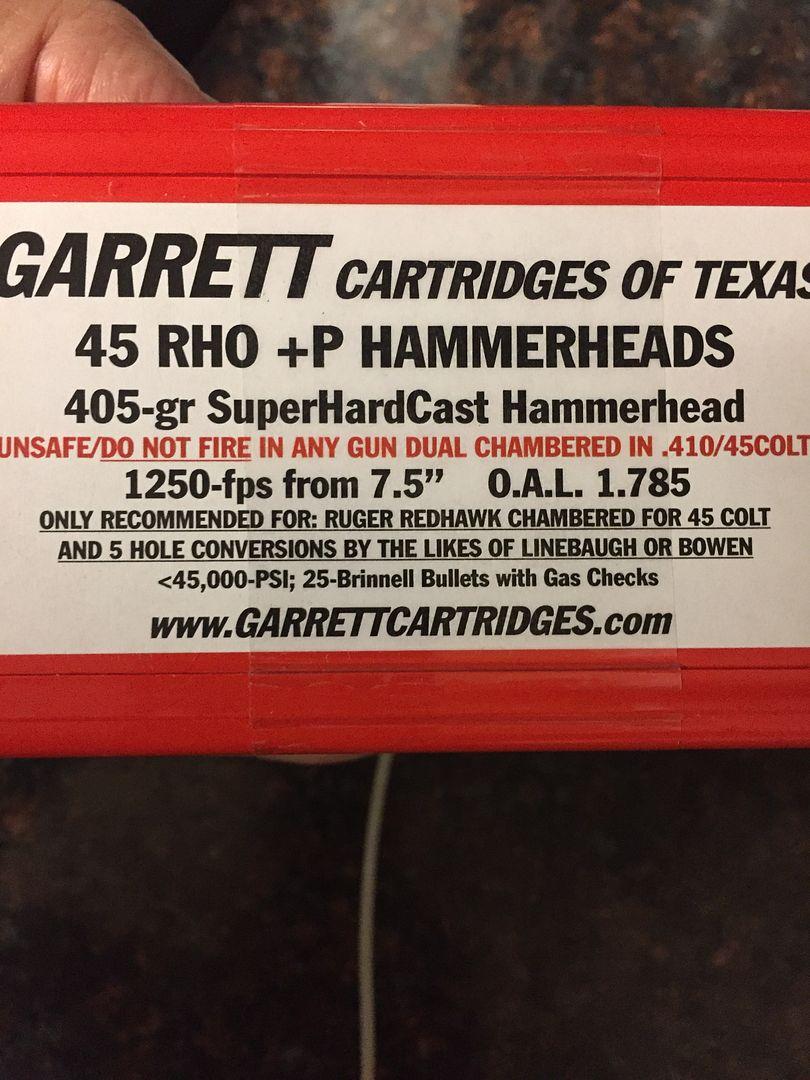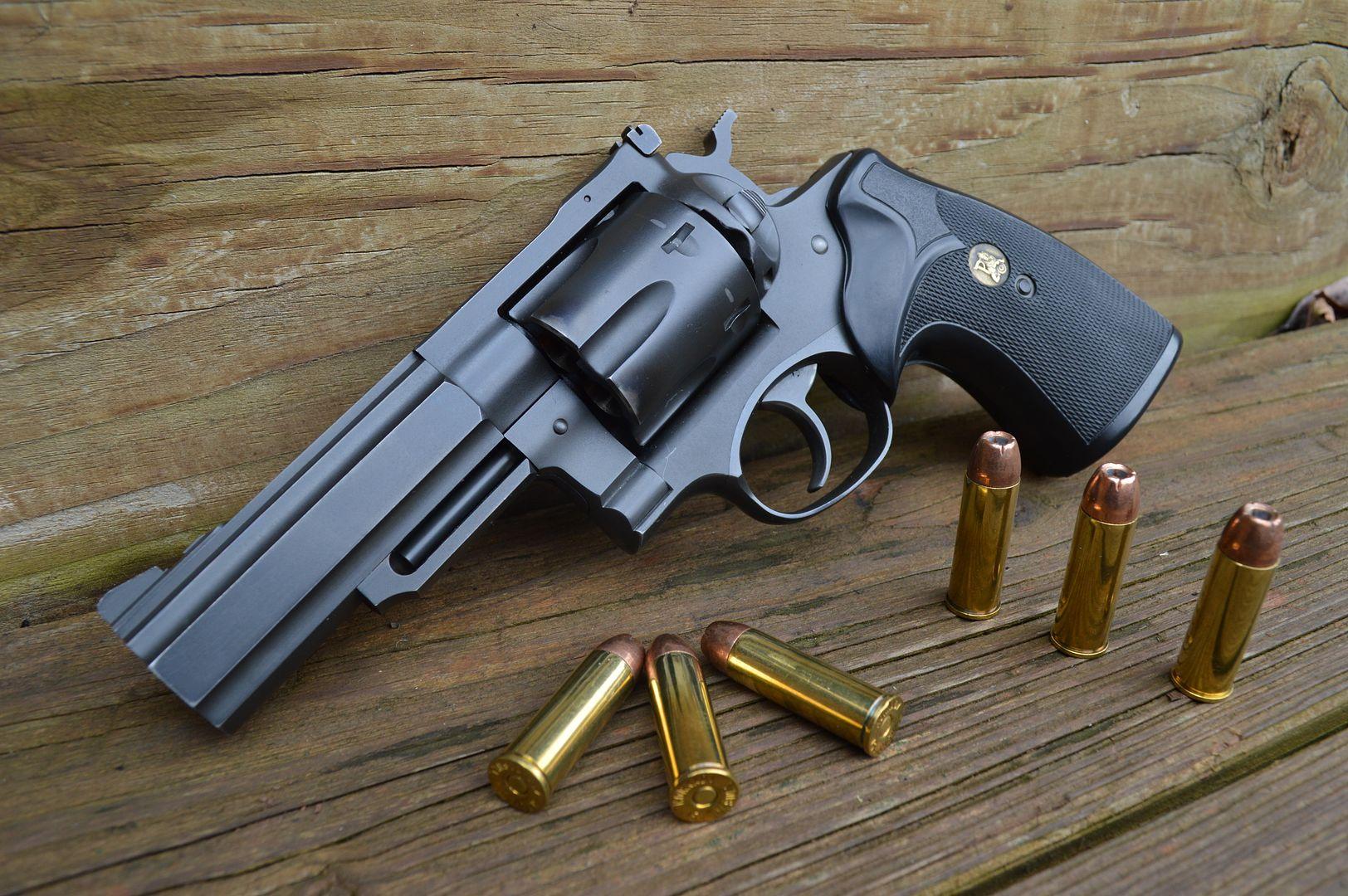Max, I think you've made an assumption without measuring as many have and that is the source of your misunderstanding.
You say "bolt hole circle of the Redhawk is substantially larger than the Blackhawk."
The pictures below show this is not true. These are .45 snap caps in a RH moon clip, dropped in the cylinder out of a .45 Bisley BH. Further, measurement shows that all the extra "meat" the Ruger has added to the RH cylinder is on the outside, not between the chamber walls where it would matter. I think people have been comparing these based on cylinder diameter for so long, they've lost sight of what is most likely: in terms of manufacturing and setup, it's probably easier for Ruger to set up a limited number of cylinder patterns, and it seems the BH and RH are drilled on the same chamber pilot diameters. I would bet that custom gunsmiths like Bowen would be able to confirm this since they provide cylinders with pilot holes already drilled.


I suspect the reason for the 5-shot SBH is either because it doesn't necessitate the more expensive steel that the 6-shot SRH does (the cylinder and barrel of .454 and .480 SRH guns are not Ruger's typical 410SS), or a marketing decision to make the gun more like the 5-shot customs that famous gunsmiths have produced.
So anyways, as I said before, go measure the samples you have and come back with something different, and I will believe you. AFAIK, .45 RHs have always been drilled on the same cylinder pilot circle, as evidenced by the TK Custom moonclip conversions that match Ruger's current production.




